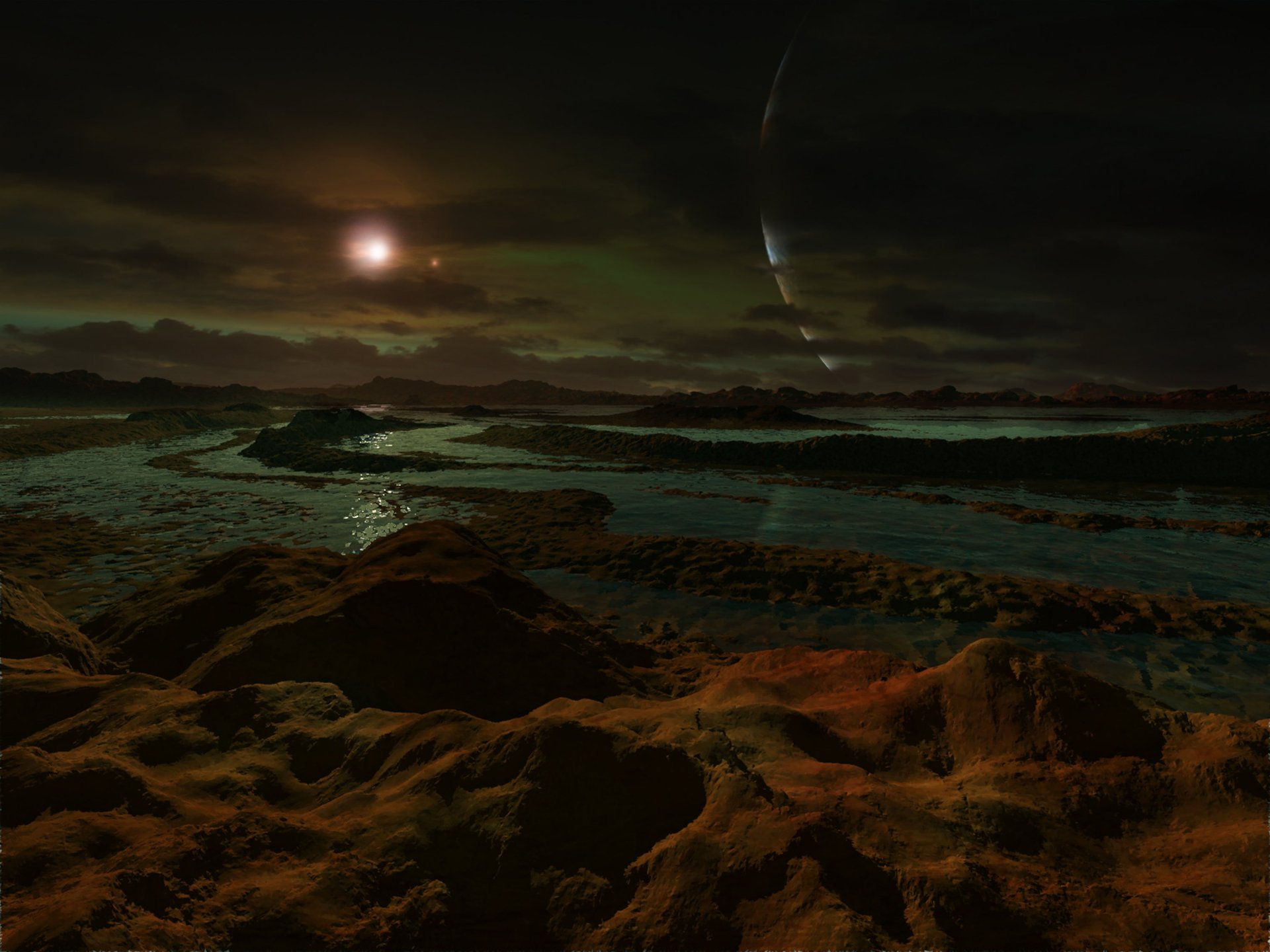The artist who showed you what space looks like
To illustrate a talk about the search for alien worlds at the TED conference, MIT professor Sara Seager flashed a lava-soaked landscape teeming with fireballs and gurgling streams. On the bottom corner of the slide, it read ”Artist Conception Credit: Ron Miller.”
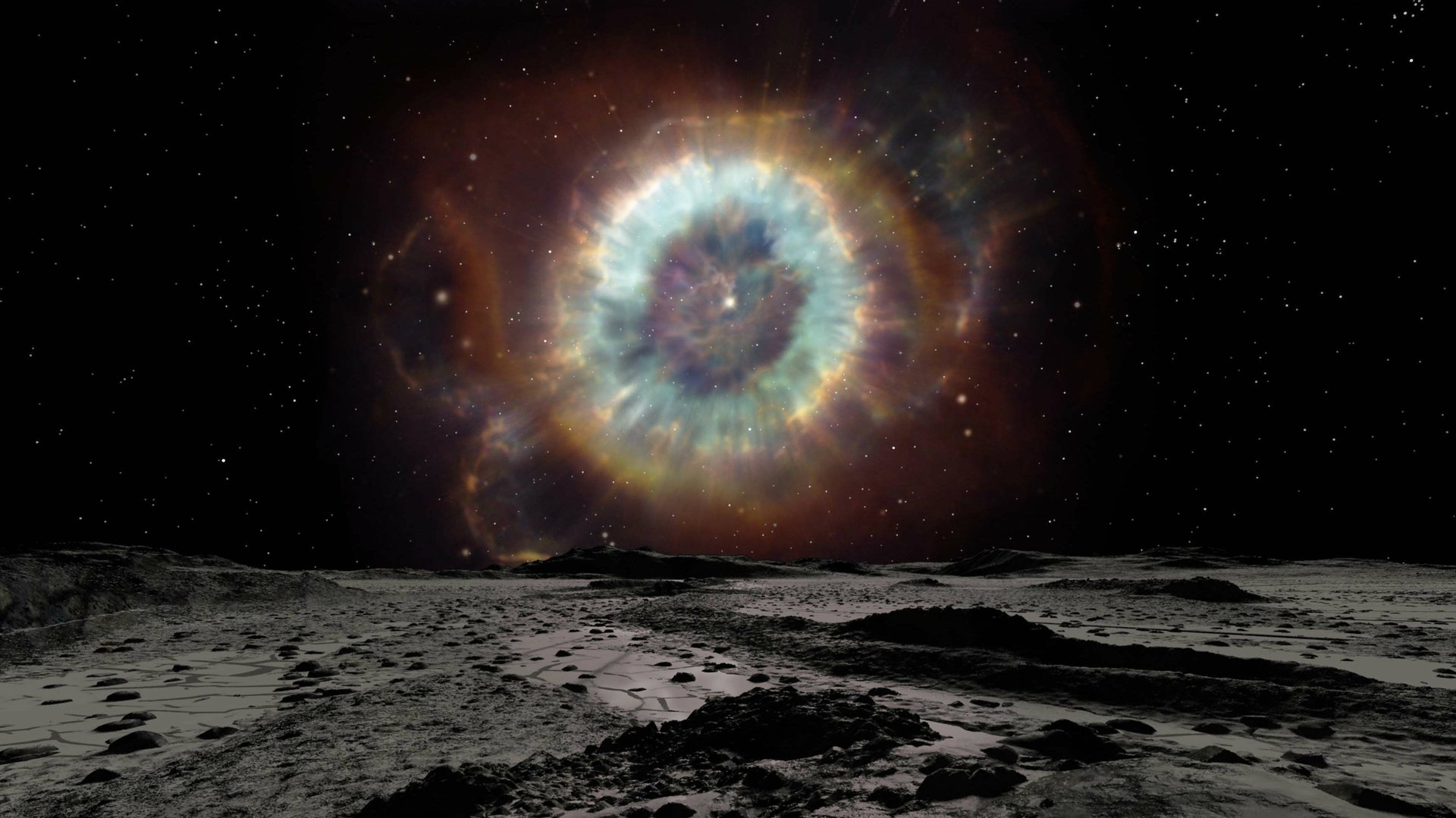

To illustrate a talk about the search for alien worlds at the TED conference, MIT professor Sara Seager flashed a lava-soaked landscape teeming with fireballs and gurgling streams. On the bottom corner of the slide, it read ”Artist Conception Credit: Ron Miller.”
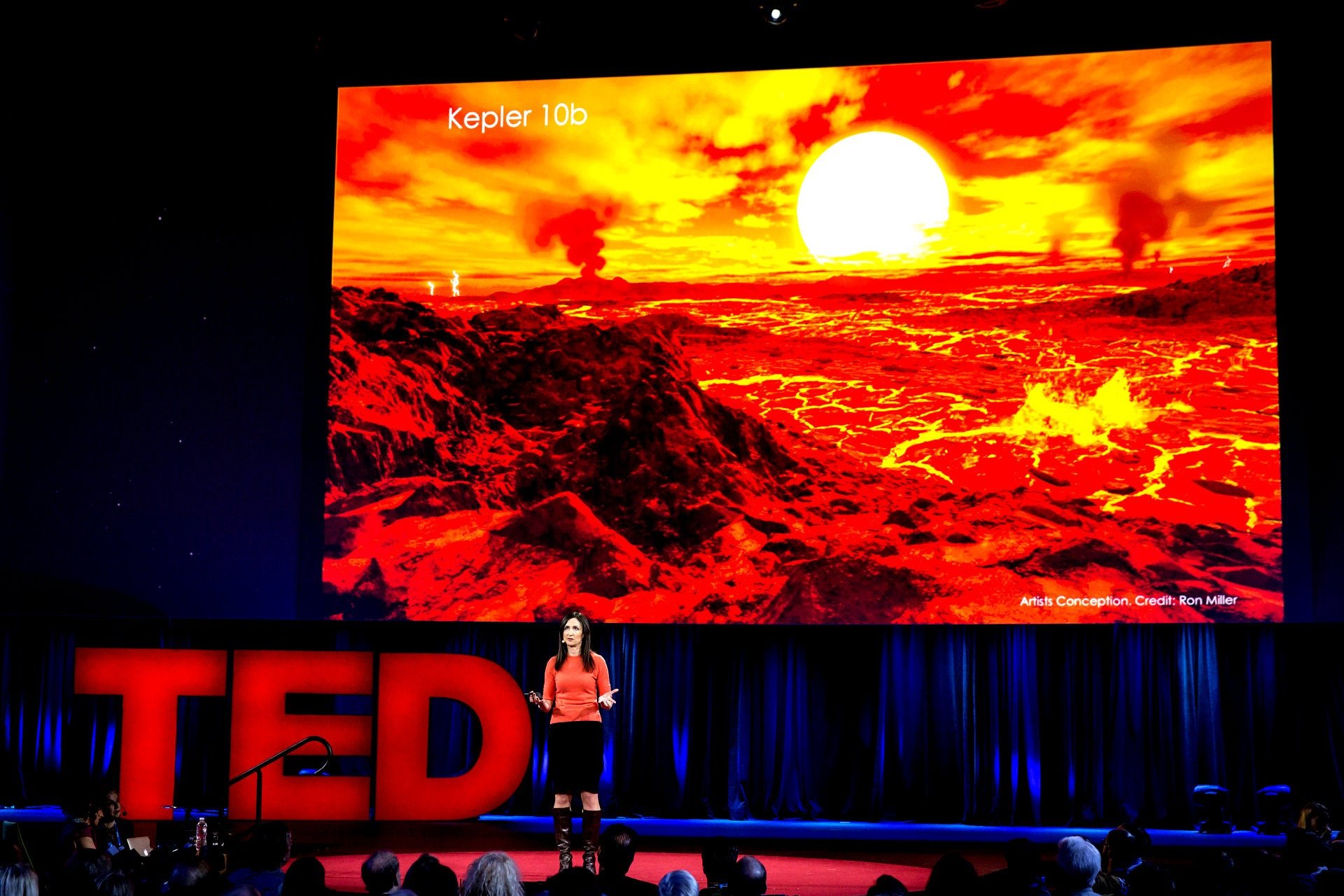
Though his name was displayed in tiny letters, Ron Miller, 67, is a titan in the field of space art, also known as astronomical art. Space art is a specialization that seeks to portray realistic and persuasive visions of the universe, galaxies, exoplanets, and even solar eclipses.
A former art director at the Smithsonian National Air and Space Museum, the award-winning artist is the author of 50-plus books, including what’s considered the most comprehensive volume on astronomical art, The Art of Space. Miller’s spectacular vistas, along with the work of a select group of artists, have fed the collective imagination about outer space for film, illustrations, and visual culture writ large.
On a day when many people are looking up the sky, Quartz interviewed Miller about his creative process and the burgeoning field of space art.
Quartz: Where do you get your ideas on what to draw?
Ron Miller: Most often an idea comes from keeping my eye on the news. There are always interesting discoveries being made in astronomy—both here in our own solar system as well as beyond it. What especially attracts my attention are things that might be interpreted visually in some interesting way or for which a visual interpretation might be the only way to “see” the object or scene. Doing this is akin to a paleontological artist recreating a dinosaur from a few scraps of bone or a scientist’s description.
I’m always specially interested in discoveries that inspire interesting scenes or visuals. For instance, a great many exoplanets are super-Jupiters that are all very much alike so there is little to choose between them visually. Once you’ve illustrated a few you have pretty much covered them all. What I look for are discoveries of planets that are very different such as an Earth-like world orbiting a red dwarf or a giant planet with multiple suns.
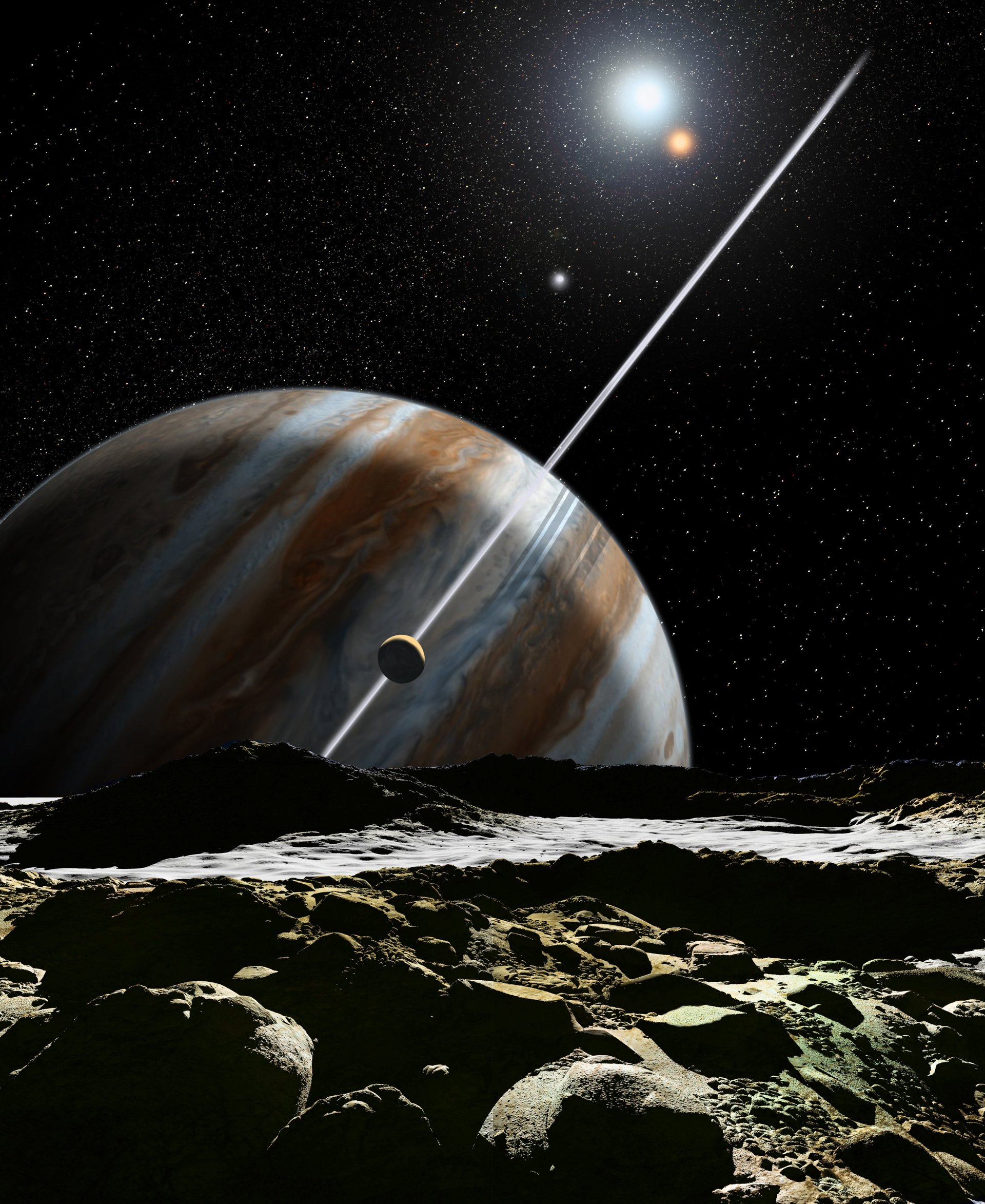
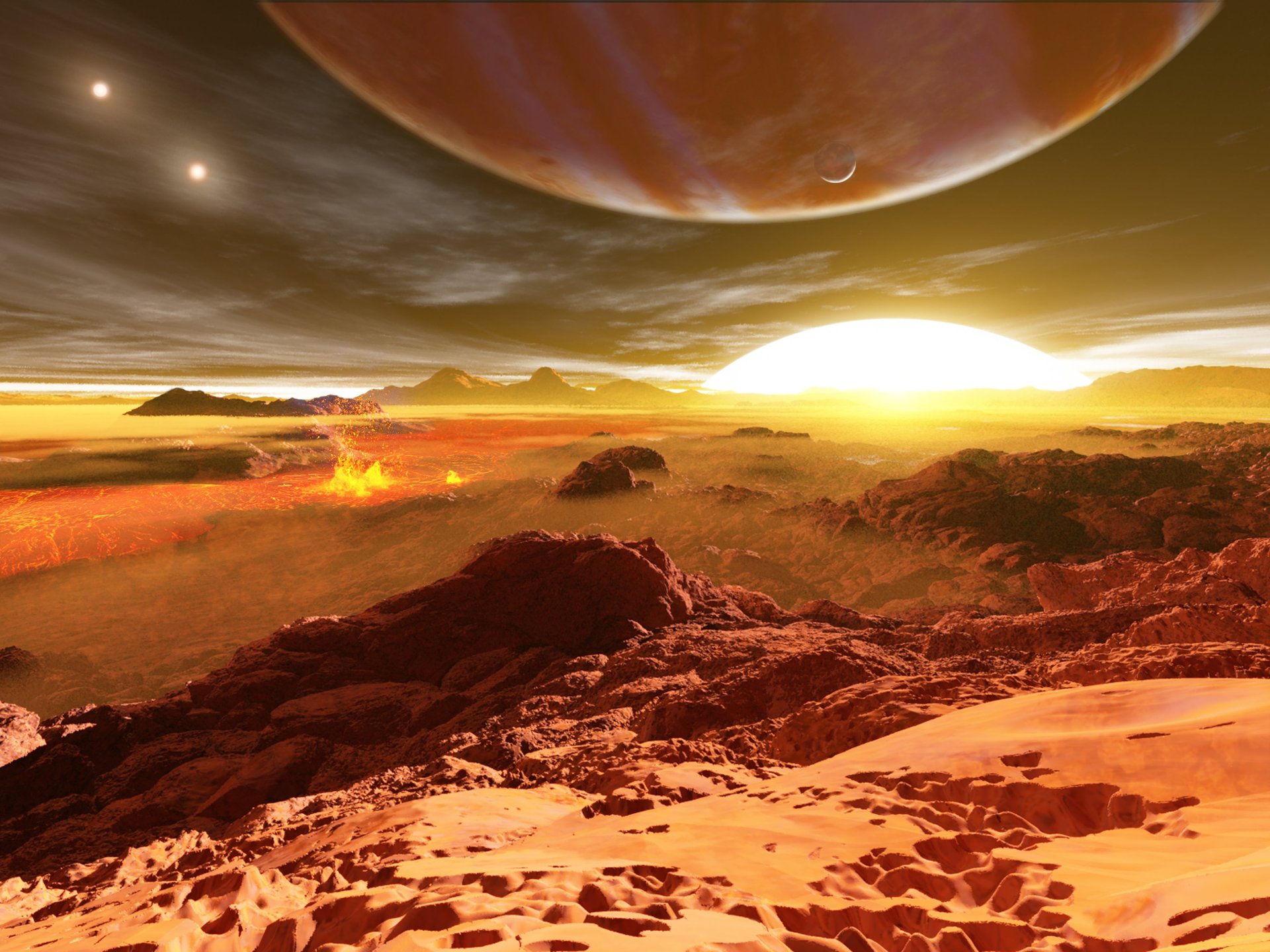
What tools do you use?
Up until about a decade ago I worked entirely in traditional media but I now do all my work digitally. But even that is a little misleading, since very often a picture will wind up a kind of mixed media piece. For instance, the plumes from a volcanic eruption on Io were drawn first in pencil on paper, then scanned and manipulated.
I have created asteroids from modeling clay and portions of landscapes have actually been little models I have constructed. I also take photos wherever I go and have accumulated a library of thousands of images of textures, rocks, etc. These will often find their way into pictures as well.

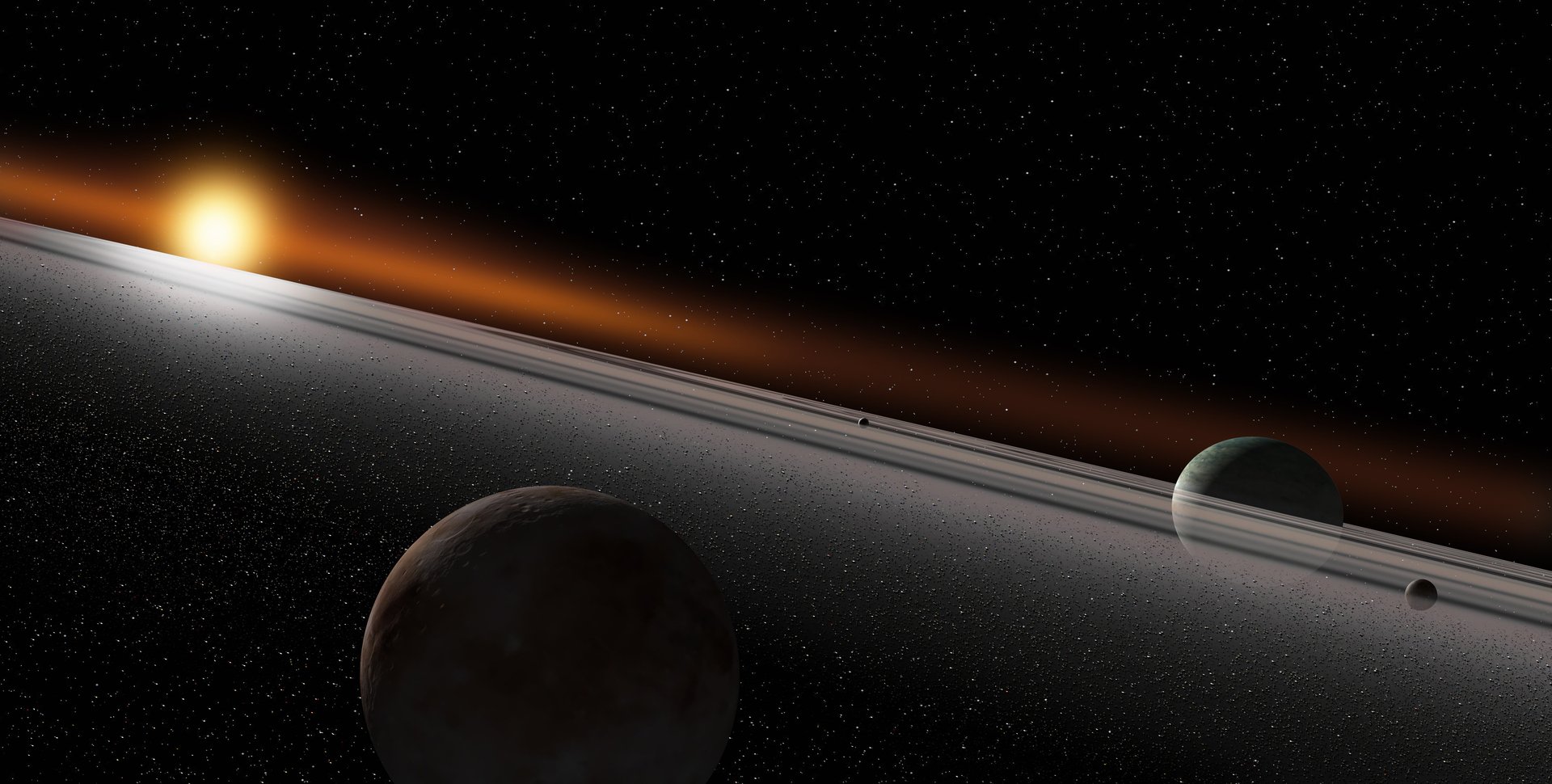
How long does it take to create a painting?
Well, as [space art pioneer] Chesley Bonestell once said, “A few days of work and forty years of experience.” It really depends on the illustration, though a day or two is usually all it takes. What can be time-consuming is the research, which can often take longer than the actual execution of the artwork.
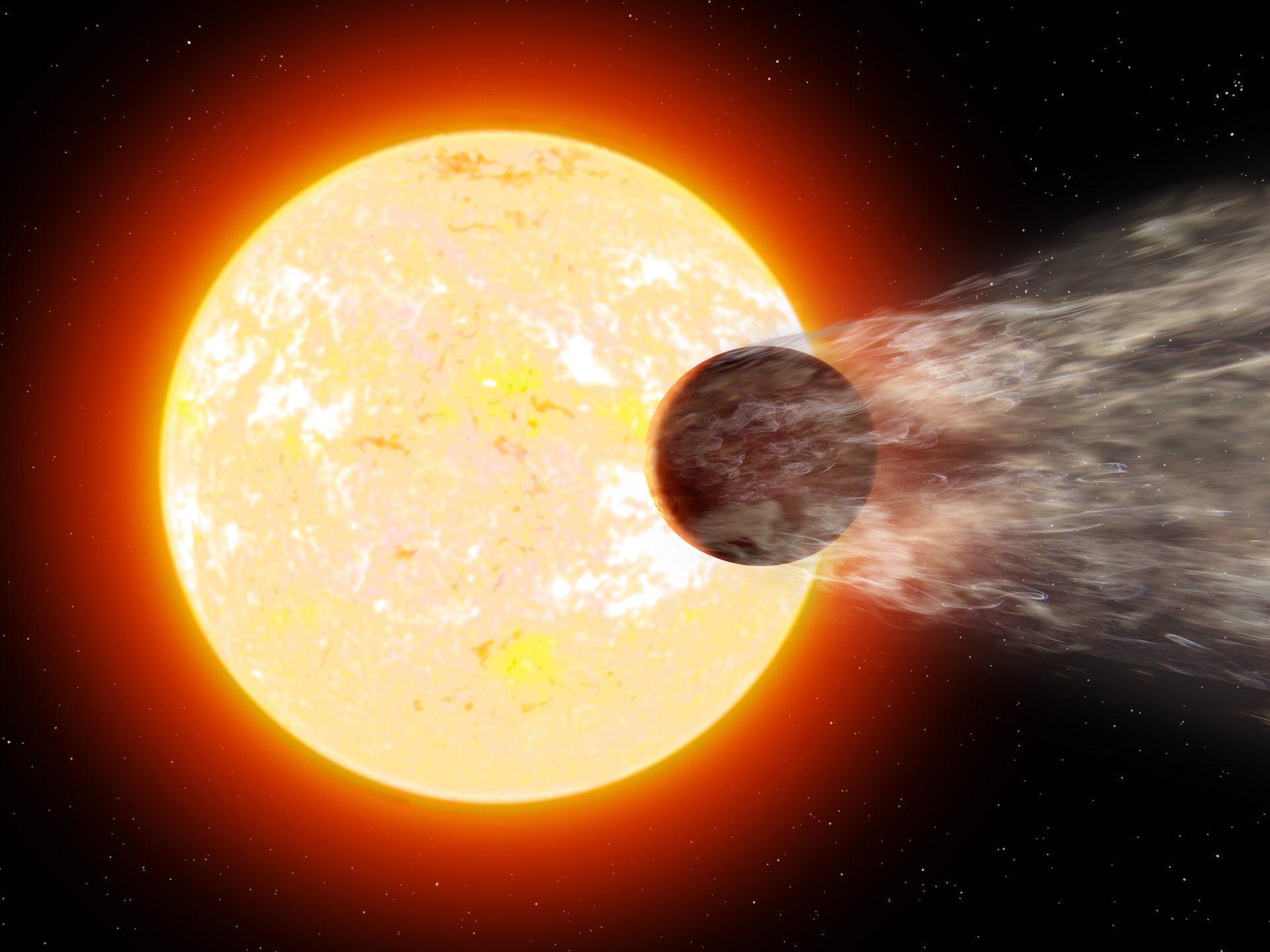
How much of space art is based on scientific data and how much of it are flights of the imagination?
Unless I am doing a purely science-fiction illustration there is always some scientific grounding behind a picture. Sometimes there is a lot of information available, at times very little. For instance, for many exoplanets, all I know is how big they are and how far they are from their sun. I have to extrapolate from that and create something that is reasonably plausible.
Even when doing a scene set on some place fairly well-known, like Mars, I still have to use my imagination. After all, I am usually working from what amounts to aerial photos taken from miles above, looking straight down. From this I have interpret what a landscape might look like when seen by someone standing on the surface. It’s kind of like working from a photo of the Grand Canyon taken by a Space Shuttle astronaut and creating the view you’d see from the North Rim.
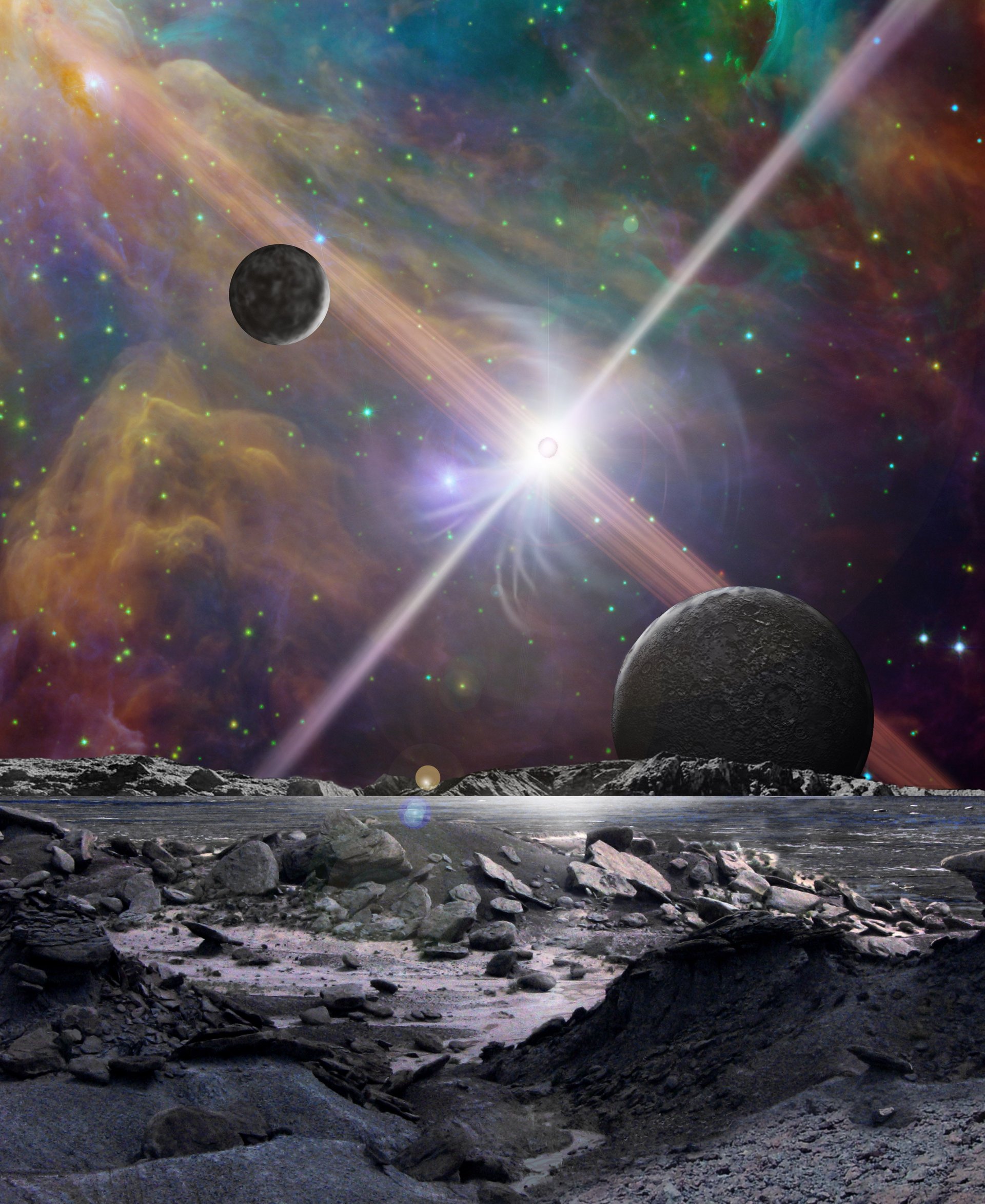
Do you believe in aliens?
As more and more earth-like worlds are being discovered, the conviction that there are not only worlds on which life could have evolved but did evolve grows even stronger. What I don’t believe is that the earth is the Grand Central station of the universe—which is to say that I don’t put a lot of stock in UFOs.
